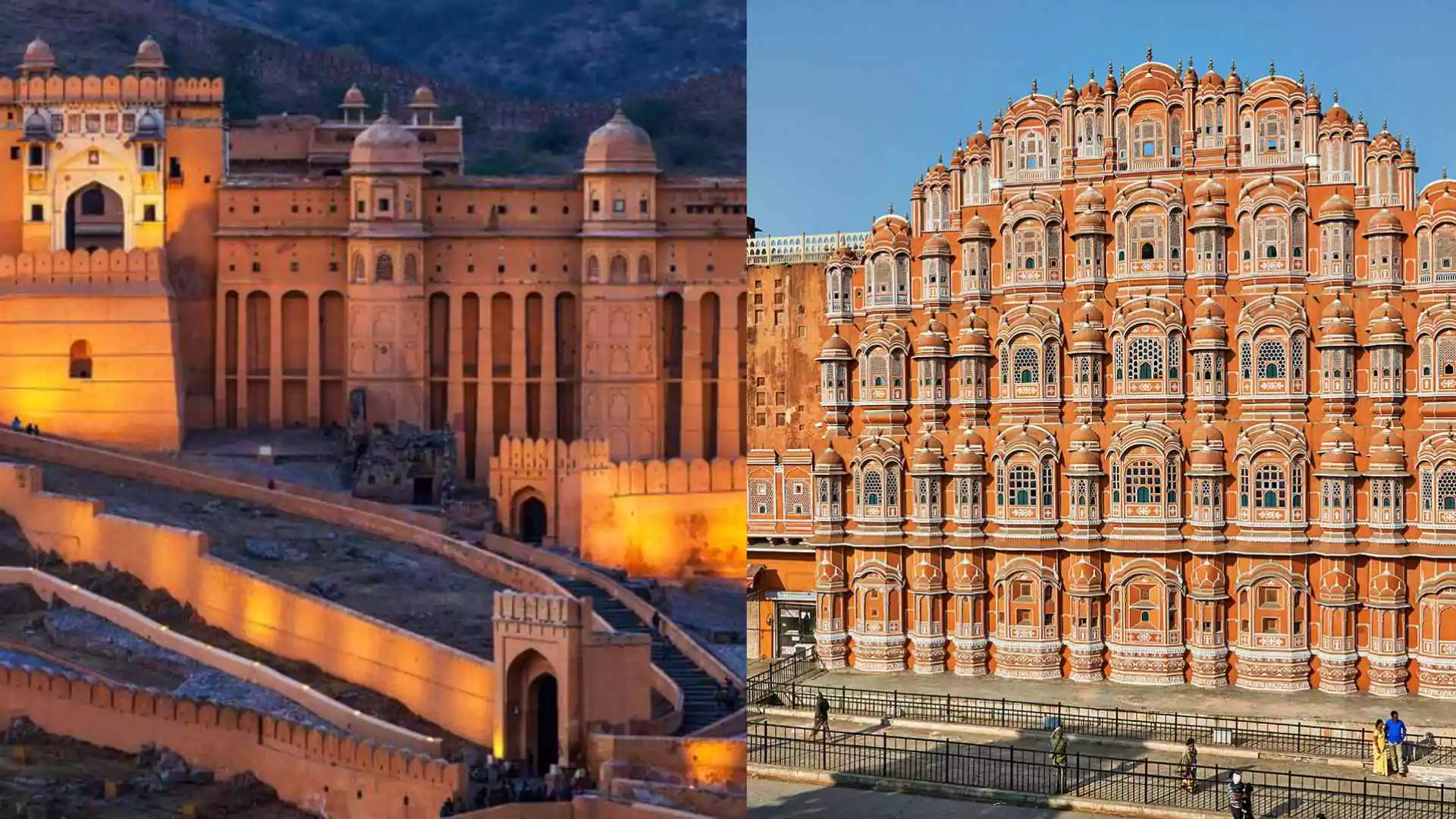CAMPA COLA: Reliance Industries, led by Mukesh Ambani, is gearing up to reintroduce the iconic Campa Cola brand through its FMCG subsidiary, Reliance Consumer Products Ltd. By leveraging its vast financial strength and extensive distribution network, Reliance aims to challenge established players like PepsiCo and Coca-Cola in the competitive beverage market.
According to reports, Mukesh Ambani is fully committed to the project’s success. Additionally, the company plans to enhance retailer profits and implement a competitive pricing model. Reliance’s pricing strategy, a key driver of its success, has led competitors, including Tata, to reassess their own strategies. By offering retailers significantly higher margins on their Rs 10 packs, Campa Cola is pushing rivals to rethink their pricing structures.
Reliance’s broader plan for revival of the drink
The company is also working closely with local retailers. In India’s fragmented retail sector, Campa Cola has managed to secure prime shelf space by offering attractive trade margins to small shops and kirana stores. This approach is part of Reliance’s broader plan to expand its market presence across the country.
As the festive season begins, Reliance has ramped up its marketing and distribution efforts. During the recent Durga Puja celebrations in West Bengal, Campa Cola stood out with its competitive pricing, offering 200 ml and 500 ml bottles at Rs 10 and Rs 20, respectively. In comparison, Coke and Pepsi were selling their 600 ml bottles for Rs 40.
This lower pricing strategy has resonated well in both urban and rural markets, where affordability plays a key role in consumer decisions. By providing beverages at nearly half the price of its competitors, Reliance is gaining a stronger foothold in price-sensitive regions across India.
History of Campa Cola
In the years following India’s independence, the country faced significant challenges, including food shortages and economic difficulties due to the partition. By 1949, with the government treasury nearly empty, a foreign soft drink company, Coca-Cola, entered the Indian market. Initially, Coca-Cola was popular among the wealthy, and by the 1970s, it had become a favorite among the general population. However, during the Emergency, the government asked Coca-Cola to exit India. The public, having developed a taste for soft drinks, was left without a similar option. A state-owned brand, Double Seven (77), attempted to fill the gap but failed to satisfy consumer preferences.
As Coca-Cola prepared to leave and Double Seven struggled to gain popularity, the Indian soft drink market faced uncertainty. It was during this time that Campa Cola emerged.
Origin of Campa Cola
When Coca-Cola refused to reveal its secret formula, the Morarji Desai government decided to expel the company from India. At the time, Coca-Cola was being produced in India by the Pure Drinks Group, owned by Charanjit Singh. He was reportedly dissatisfied with the government’s decision, as it threatened the livelihood of 2,800 employees and the future of his business.
In response, Singh introduced a new soft drink in 1977, naming it Campa Cola. This orange-flavored drink entered the market at a time when Double Seven was losing popularity. Campa Cola quickly gained traction, competing primarily with Thums Up. Over time, the demand for Double Seven diminished, further boosting Campa Cola’s prominence.
Decline of Campa Cola
By 1989, Pepsi had established itself in the Indian market, and in 1991, economic reforms initiated by then-Prime Minister Manmohan Singh allowed Coca-Cola to return. The return of these major brands significantly impacted Campa Cola’s market presence.
Coca-Cola and Pepsi rapidly surpassed Campa Cola, leveraging aggressive marketing and a strong distribution network. By 2001, the bottling plants and offices in Delhi were shut down, and by 2009, the brand was largely confined to the Haryana region. By 2012, Campa Cola had virtually disappeared from the market.
Now, with the company being acquired by Reliance, there is curiosity about whether it can reclaim its former market position.
Read More: Reliance’s Campa Cola Disrupts Indian Beverage Market, Challenges Coca-Cola and PepsiCo






















